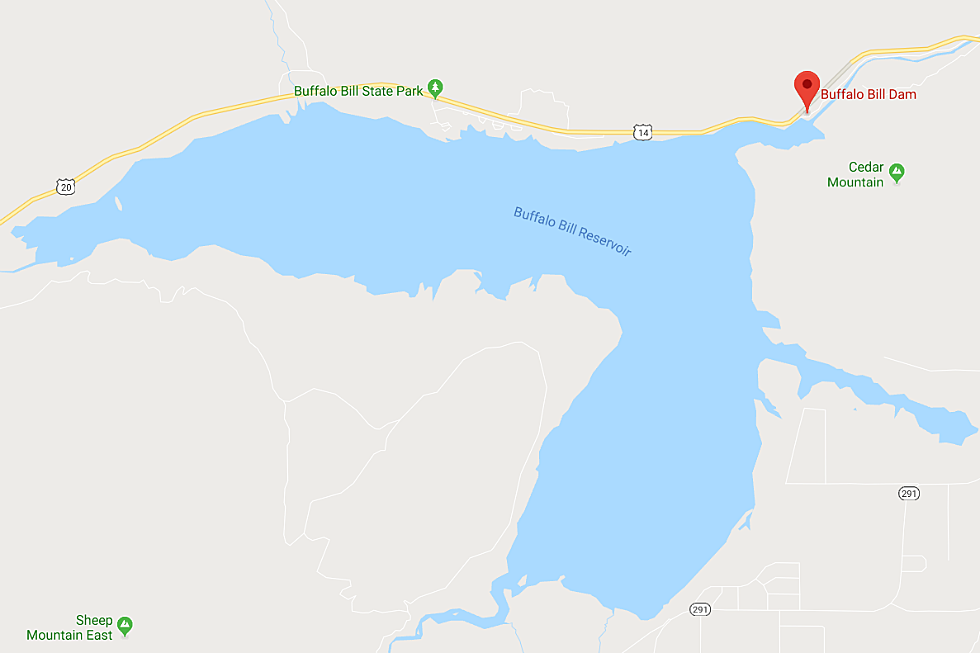
The University of Wyoming Will Be Repository For Trap Cave Fossils
Nestled just beyond the Big Horn Mountains lies an ancient treasure trove -- one of the largest groups of Ice Age mammal bones found in North America. And the ancient fossils, located in a natural trap cave, will soon be under the curation of the University of Wyoming, which will serve as a federal repository for the fossils, according to a UW news release.
Julie Meachen, an assistant professor of anatomy at Des Moines University who is leading the new excavation of mammal fossils in the trap cave, asked Mark Clementz, a UW associate professor of geology and geophysics and director of the UW Geological Museum; and Laura Vietti, collections manager for the Geological Museum, about UW serving as a repository for the material. The request was approved by the Bureau of Land Management, which manages the site.
“We were asked because we are already a well-established federal repository for material from the region, as well as because part of our mission is to keep as much material from Wyoming in Wyoming as we can,” Clementz said in a statement.
Clementz does not yet know the number of specimens UW will receive to house at the museum, but says work is already underway.
“We are currently preparing loans for microfaunal material, such as rodents, lizards and small animals, collected during the 2014 field season, and are expecting these loans and the first batch of specimens to arrive this summer,” Clementz says. “More material collected during field seasons in 2015 and 2016 will arrive later.”
The Pleistocene remnants discovered in the trap cave include bones of dire wolves; short-faced bears; mammoths; the small stilt-legged horse; various species of big cats, including the American cheetah and American lion; and ancient bighorn sheep, bison and camels.
Clementz and Thomas Minckley, a UW associate professor of geography, have been working as part of an international team, headed by Meachen, that reopened the cave in 2014 to conduct new studies. The two, through funding from UW’s Roy J. Shlemon Center for Quaternary Studies, are studying biodiversity changes over a complete glacial cycle; the ecological impacts of abrupt climate changes; and environmental conditions encountered by the first humans in North America.
Minckley says the research team is reconstructing the environment in which these ancient mammals lived. Determining the age of the mammal bones will help in learning what type of environment -- whether sagebrush, grasslands or tundra -- the mammals inhabited, he says.
Because of the trap cave’s depth, the fossils are not trampled upon nor affected by extreme weather. And the constant temperature - roughly 42 degrees Fahrenheit - and humidity allow for pristine preservation. Clementz says the fossils are on the quality level of those found at the La Brea Tar Pits in Los Angeles, Calif.
“The main factor about this cave is that it allowed for excellent preservation,” Clementz says of mammal fossils dating from 12,000 to 23,000 years ago. “It disallows scavenging. Everything that fell in died on impact.”
Minckley says the cave’s chamber probably opened over 200,000 years ago. Eventually, a hole formed at the top of it. As that hole grew, prehistoric mammals started to fall into it, he says.
“I think it’s just great we had an opportunity to be invited to be part of the research,” Minckley says. “I hope our work is relevant to Wyoming. It’s a neat story.”
“It will be great to keep it in Wyoming,” Clementz says of the fossil haul discovered in the trap cave.
More From KOWB 1290





![Jake Chick Picked to Lead Laramie Plainsmen Football [VIDEO]](http://townsquare.media/site/106/files/2024/04/attachment-Jake-Chick-Laramie-Football-Coach-2024.jpg?w=980&q=75)
![Is Seven a Lucky Number for Laramie Boys’ Swimming? [VIDEO]](http://townsquare.media/site/420/files/2020/12/Boys-State-Swim-Meet-2020.jpg?w=980&q=75)


